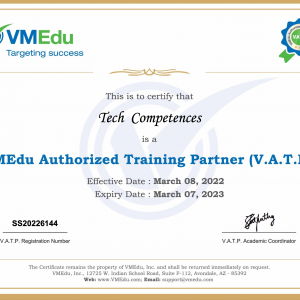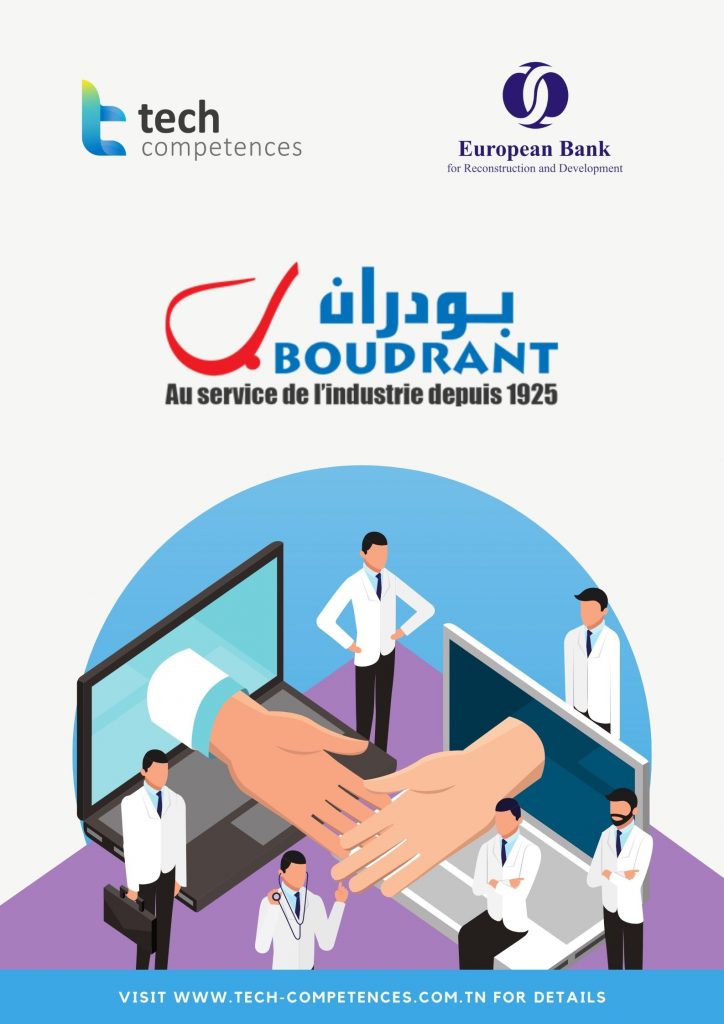Tech Competences Training Partner of ScrmStudy
Scrum ensures transparency in communication, and creates an environment of collective accountability and continuous progress.
The Scrum framework, as de ned in the SBOK® Guide, is structured in such a way that it supports product and service development in all types of industries and in any type of project, irrespective of its complexity. A Scrum project involves a collaborative effort to create a new product, service, or other result as de ned in the Project Vision Statement.
Projects are impacted by constraints of time, cost, scope, quality, resources, organizational capabilities, and other limitations that make projects dif cult to plan, execute, manage, and ultimately succeed.
However, successful implementation of the results of a completed project provides signi cant business bene ts to an organization. It is therefore important for organizations to select and practice an appropriate project delivery approach.
A key strength of Scrum lies in its use of cross-functional, self-organized, and empowered teams, who divide and execute their work in short, concentrated work cycles called Sprints.
The focus of Scrum on value-driven delivery helps Scrum Teams deliver results as early in the project as possible.












